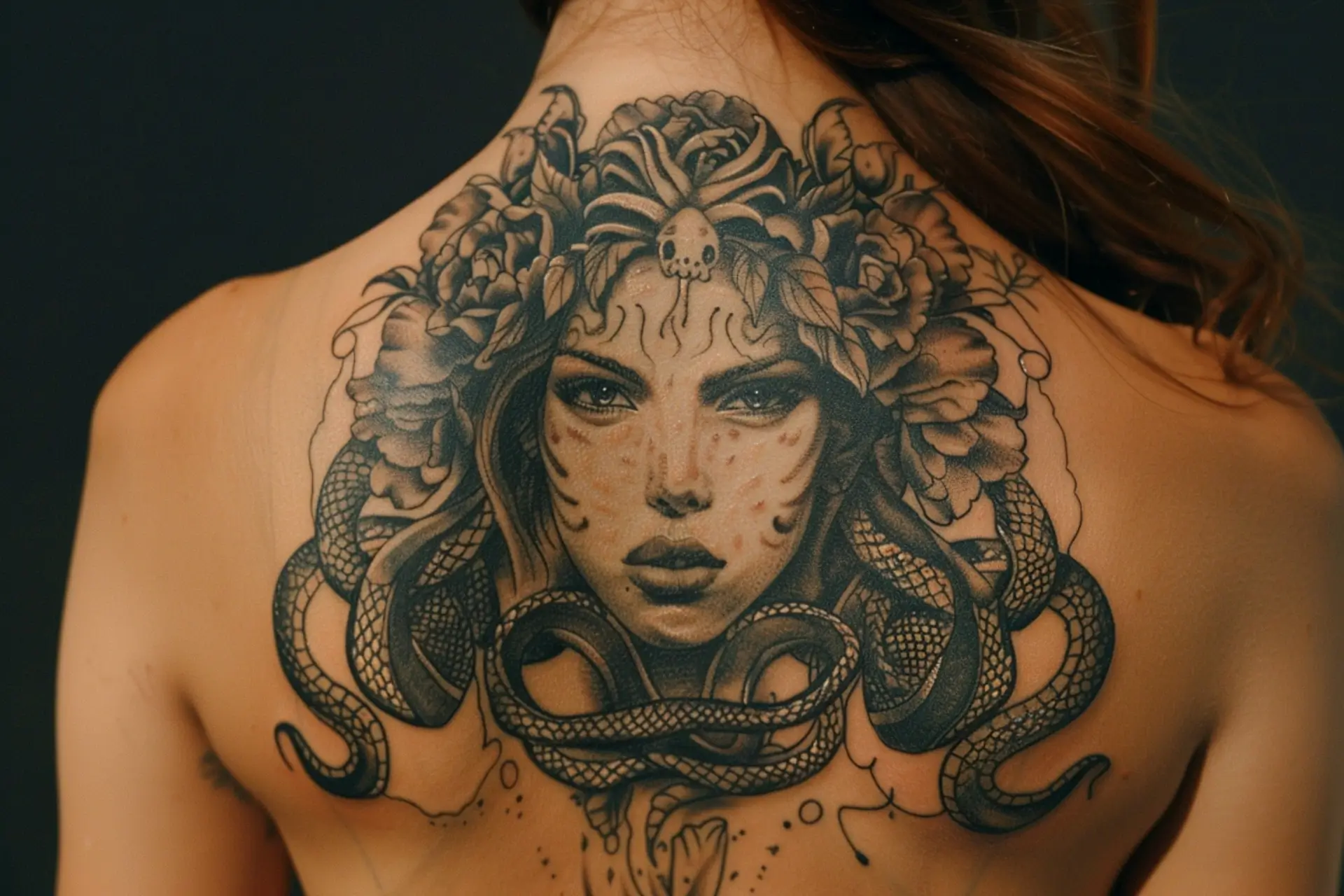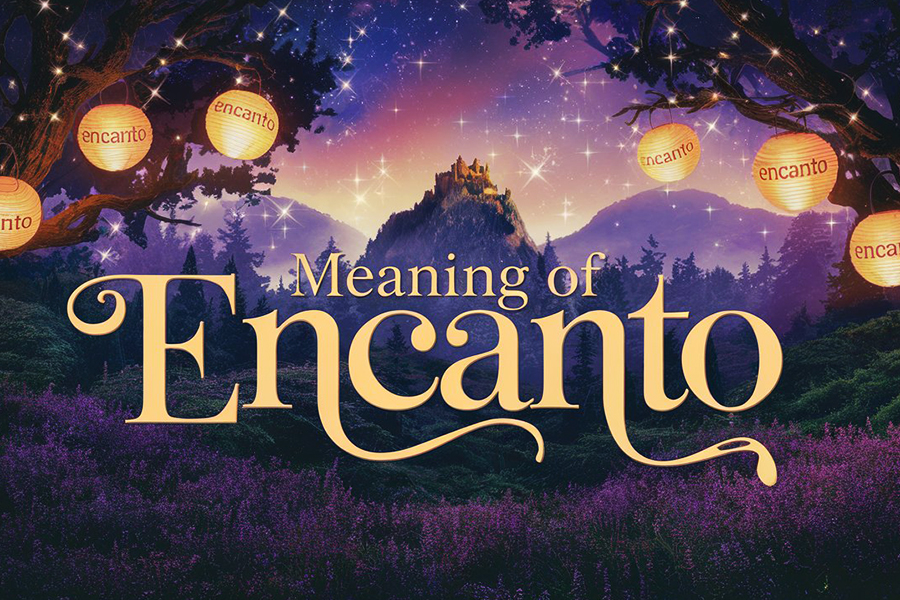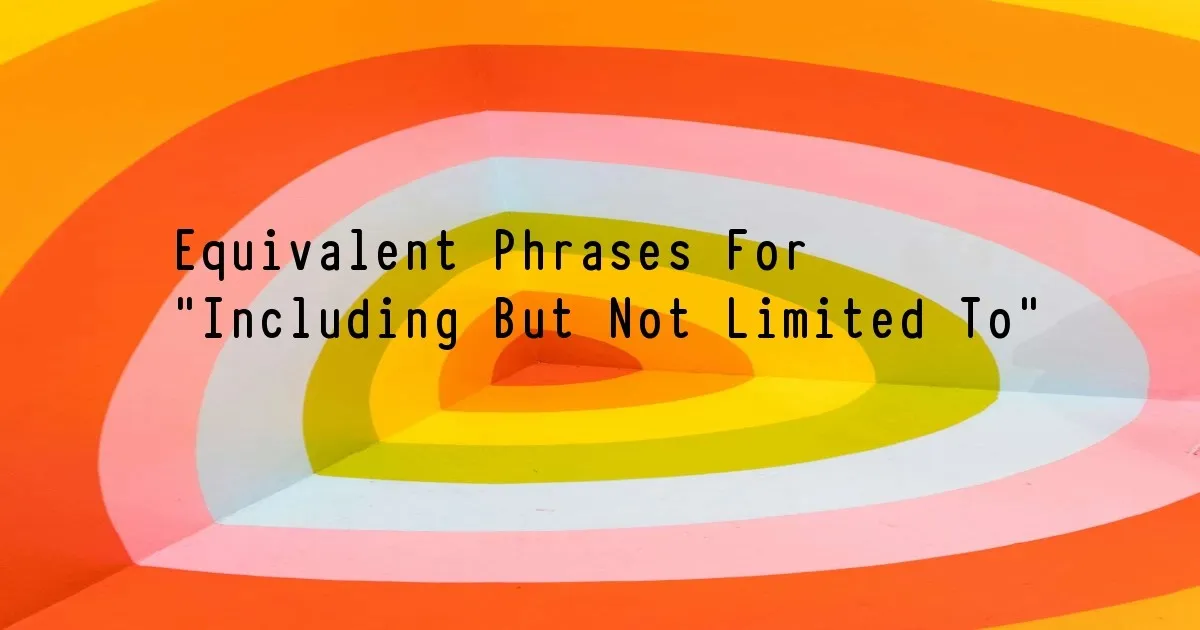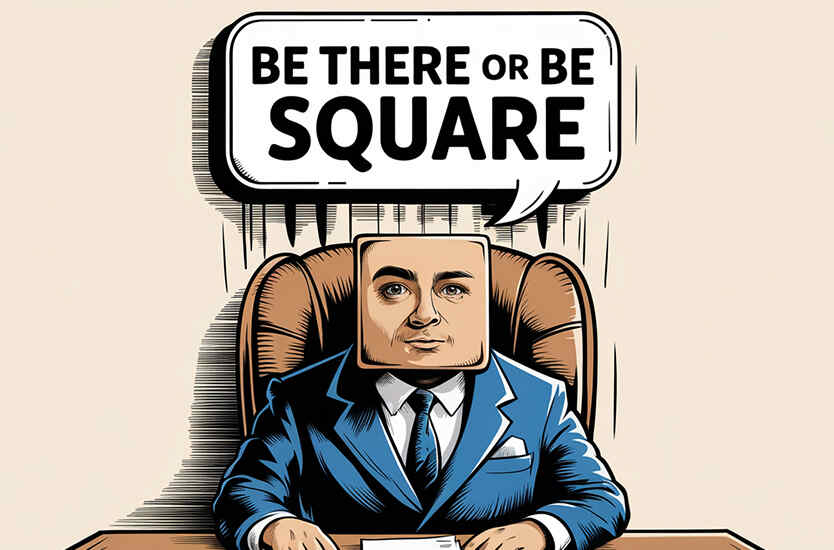From Color to Contrast: How to Convert an Image to Grayscale
Converting an image to grayscale is a simple process that can be done using a variety of tools and methods. Grayscale images consist of various shades of gray instead of colors, and can be useful in a variety of applications such as printing, accessibility, or artistic effect.
The most basic method for converting an image to grayscale involves averaging the red, green, and blue (RGB) values of each pixel in the image to create a single grayscale value. This method can be done using a variety of image editing software, such as Photoshop, GIMP, or Paint.NET. In Photoshop, for example, this can be done by selecting Image > Mode > Grayscale, or by using the Desaturate tool. In GIMP, this can be done by selecting Colors > Desaturate, or by using the Hue-Saturation tool.
While the basic method of averaging RGB values can be effective in some cases, more advanced methods may be more appropriate for certain images. For example, luminosity grayscale conversion takes into account the brightness values of each pixel in the image, rather than simply averaging the RGB values. This method preserves more detail and texture in the image, particularly in areas with subtle color variations.
Another method of converting an image to grayscale is desaturation, which completely removes the color information from each pixel. This method can be useful for images with strong color casts or for creating a more simplistic or vintage look. However, it may result in a loss of detail and texture in areas with subtle color variations.
When convert image to grayscale, it is important to consider the specific image and the desired effect. It may be useful to experiment with different methods to find the one that works best for the image and the intended use. Additionally, it is important to consider the overall composition and balance of the image, as grayscale conversion can change the way that different elements of the image are perceived.
Grayscale images can be useful in a variety of applications. For example, grayscale images are often used in black and white publications or in situations where color printing is not available or cost-effective. Grayscale conversion can also be useful for creating images that are more accessible to people with color vision deficiencies or for simplifying complex images for use in educational or instructional materials.
In addition to practical applications, grayscale images can also be used for artistic effect. Grayscale images can highlight texture, contrast, and composition in a way that is not always possible with full-color images. Grayscale conversion can also be used to create a vintage or retro look, particularly when combined with other image processing techniques such as sepia toning or film grain emulation.
Overall, make an image grayscale a simple process that can be done using a variety of tools and methods. The choice of method will depend on the specific image and the desired effect, but basic methods such as averaging RGB values can be effective in many cases. Grayscale images can be useful in a variety of applications, from practical uses such as printing and accessibility to artistic uses such as highlighting texture and composition.

Recent Post
What is The Meaning of a Medusa Tattoo?
January 9, 2025
The Meaning of Encanto in Spanish and Origin
January 4, 2025
Equivalent Phrases For “Including But Not Limited To”
December 30, 2024
How To Make Weekend Greetings More Fun?
December 30, 2024
10 Modern Sayings Similar To “Be There Or Be Square”
December 30, 2024








